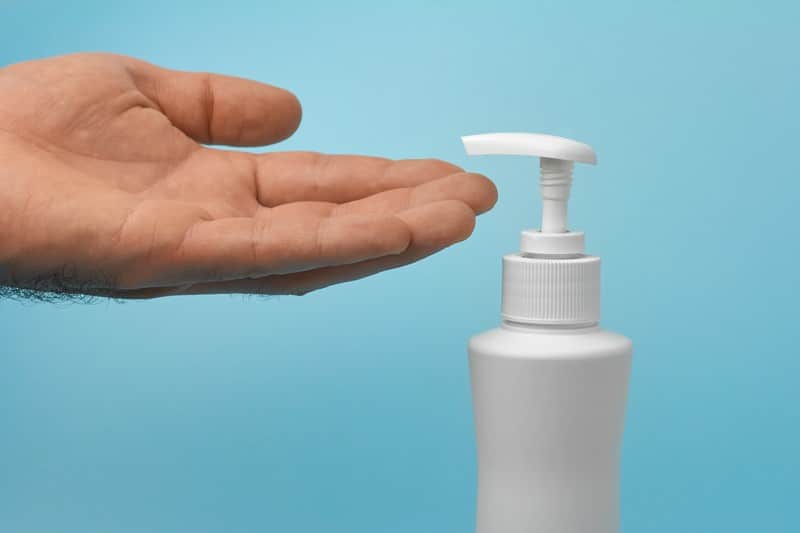Antibacterial Soap

A consultation with a dermatologist focusing on medical history is the best way to handle folliculitis. Once the medical expert determines that the cause is bacterial, they can recommend the necessary steps to treat folliculitis. One of the most common things they can prescribe is the use of regular antibacterial soap.
Antibacterial soaps contain certain chemicals that aren’t usually found in regular soap. Such soaps can also be called antiseptic or antimicrobial and are intended to reduce or prevent the recurrence of bacterial infections. Since folliculitis can be caused by Staphylococcus aureus, an active ingredient such as triclocarban can be effective against the bacteria. Triclocarban inhibits acyl-carrier protein (ACP) reductase, which is essential for bacterial growth.
Other compounds found in antibacterial soaps deemed effective against S. aureus are triclosan, benzalkonium chloride, chloroxylenol, and benzethonium chloride. These substances weaken the bacteria’s outer membrane, allowing them to invade and kill the organism. Washing the area two to three times daily is recommended to ensure the site doesn’t become more infected. They also recommend using a clean towel and washing the towels with hot water afterward.










